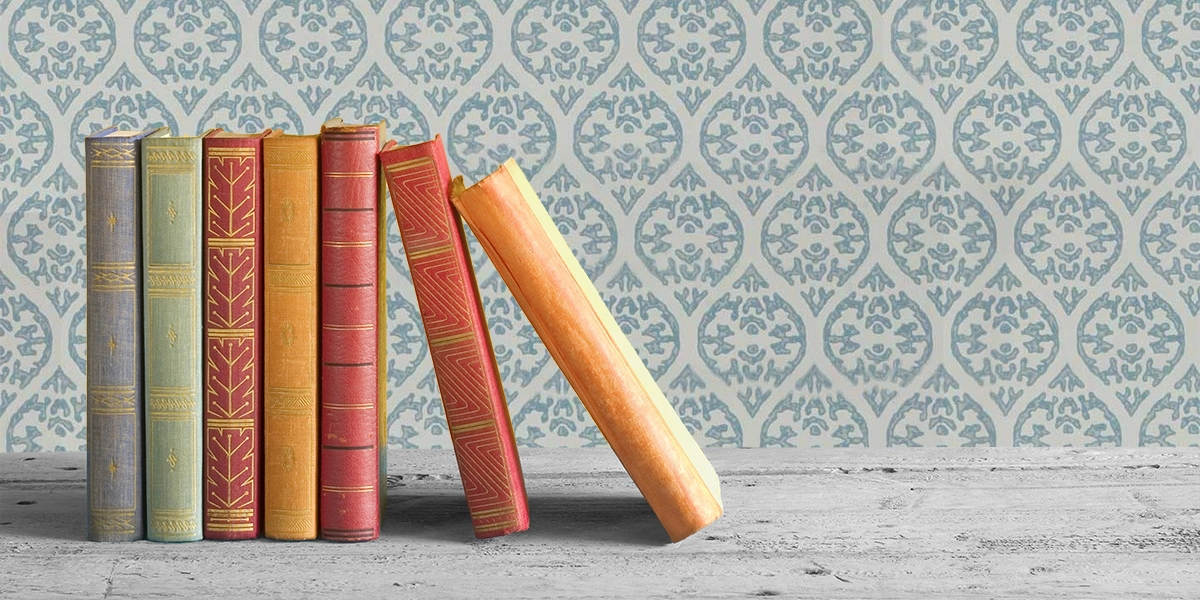Not all wallpapers are paper
The word ‘wallpaper’ is a misnomer, and fools people into assuming wallpaper is made from paper. In fact, there are hardly any wallpapers on the market these days that are 100% paper. Even paper wallcoverings often have a synthetic coating applied to the surface.
A short history of wallpaper making
The Chinese can be credited with the invention of wallpaper, having pasted rice paper to walls as long ago as the Qin dynasty (200 years BCE). Later, linen fibre replaced rice, so painting and printing on paper became easier. By the 12th Century, paper making skills had made their way to the West via the Silk Route.
Wallpaper was very much an elite product in the West, with wealthy people importing hand painted papers from China to decorate their elegant homes.
By the early 1700s, block printing became the method most commonly used to print wallpapers in Britain. Carved wooden blocks, be dipped into pigment were pressed by hand on to paper, to create a repeating pattern.
Its popularity meant wallpaper became a necessity for any respectable middle-class home, and several new inventions in the early 1800s made the production of wallpaper cheaper and quicker. With the ability to print continuous rolls, thousands of yards of paper could be produced in a day.
As a result, wallpaper became affordable and changed from being a luxury product, to an everyday commodity. Wind forward to the mid twentieth century, and wallpaper could be found in almost every home, both rich and poor.
But even by then, wallpaper was still made of paper, so by and large a sustainable product. Aside from arsenic in inks in Wiliam Morris’ day that is, but that’s another story!
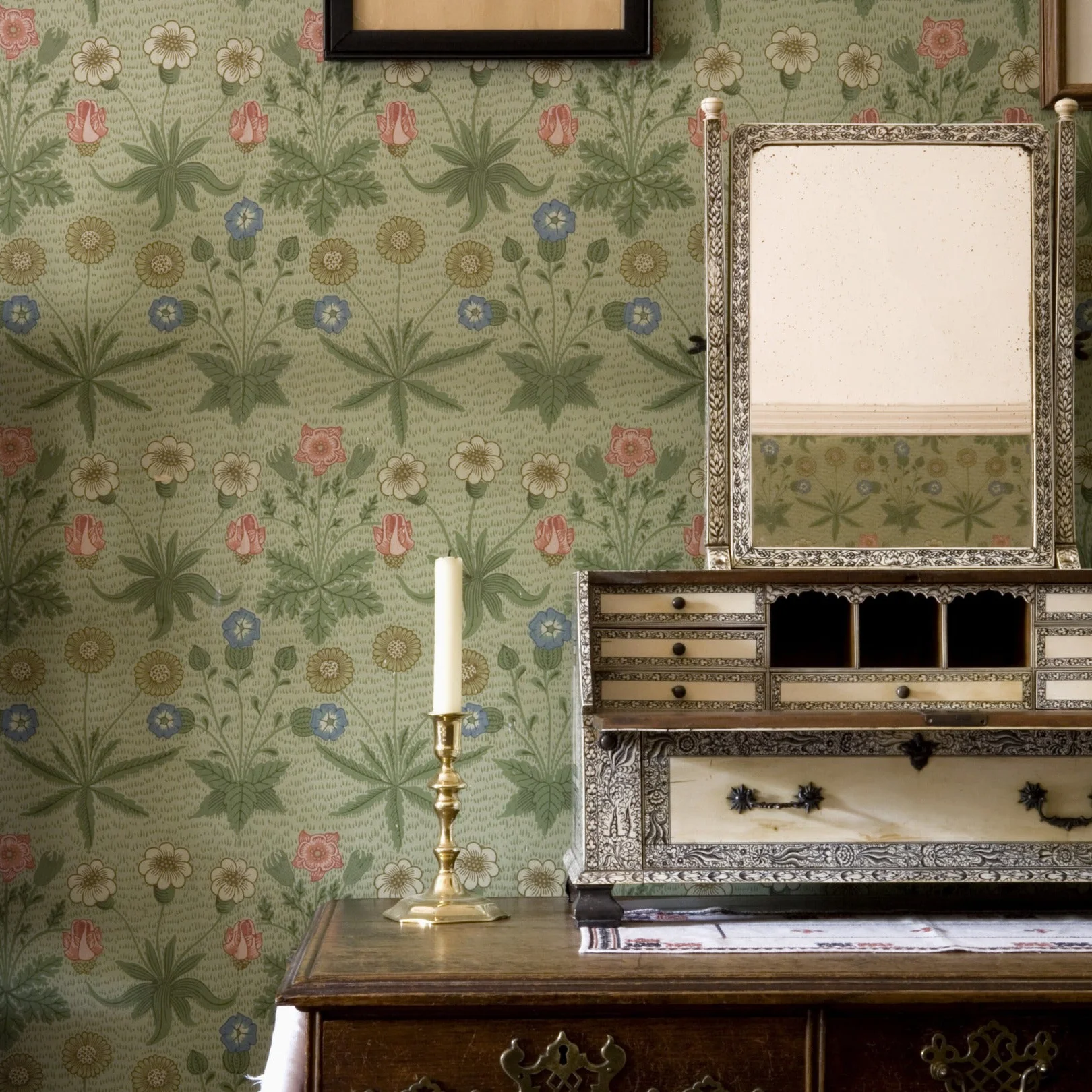
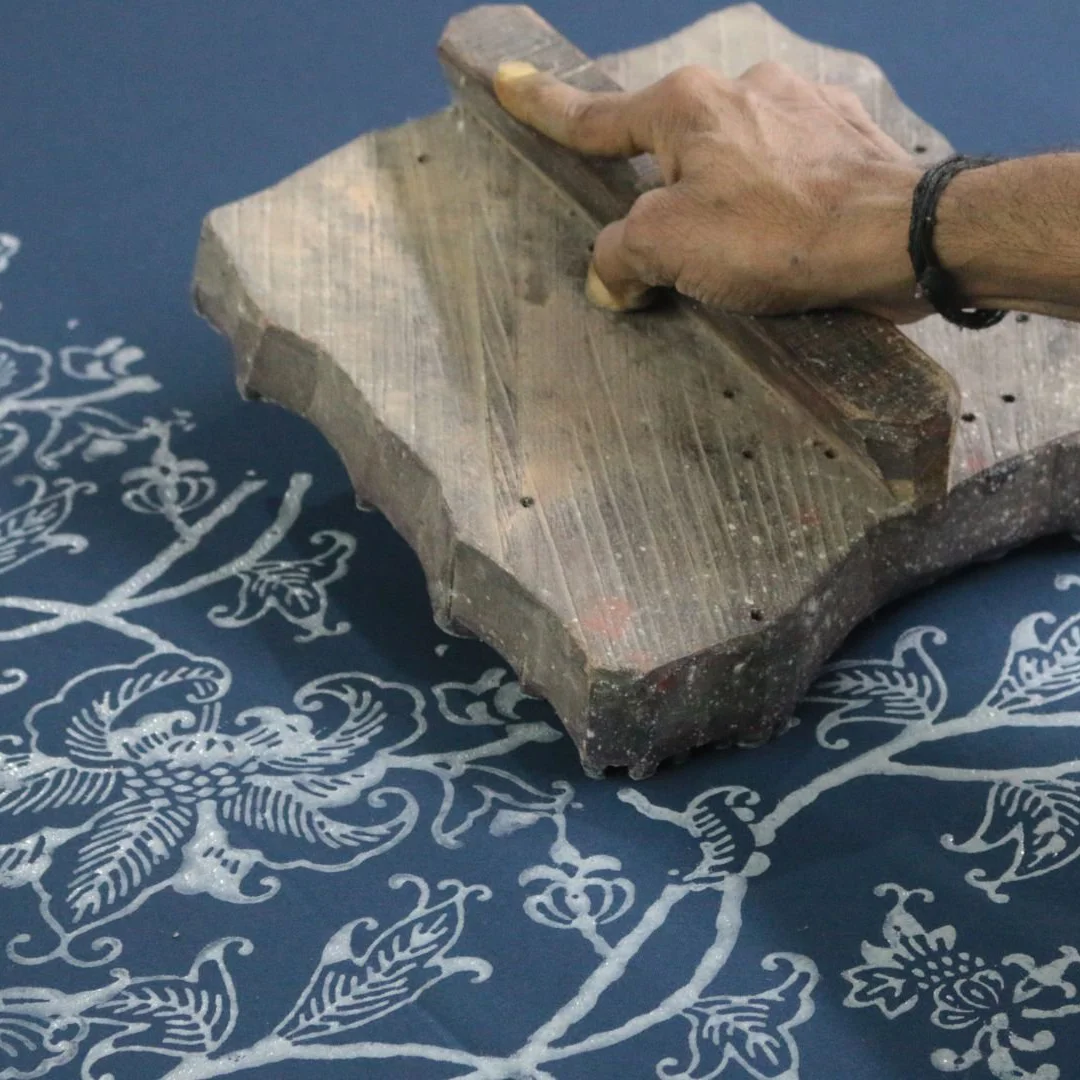
So what changed?
Firstly, plastic. Consumers were starting to demand wallcoverings that were more durable and easy to clean. Wallpapers that were non-porous, so they could go in a bathroom and not peel off the wall, or go mouldy due to the high humidity. Commercial offices wanted more durable and more decorative alternatives to painted walls.
Vinyl wallcoverings started to appear on the market in the early 1960s.
Secondly, DIY. Manufacturers knew the growing consumer interest in doing up their homes would become a booming market that would grow and grow. Hiring a skilled decorator can be expensive, so if a wallpaper product was easier to hang, then the average DIYer would be able save a lot of money by doing it themselves.
Non-woven wallcoverings started to become available in the 1990s.
Vinyl wallcoverings
Wallpapers made with vinyl should be avoided for their hazardous impact throughout their entire lifecycle. There are basically three kinds of vinyl wallcovering… Solid, Fabric Backed and Coated.
Solid Vinyl – as the name suggests, it is made entirely of vinyl. This kind of wallcovering appeals to those planning to decorate their kid’s bedroom, kitchen or a bathroom because it is scratch and tear resistant.
Fabric Backed Vinyl – this type of covering is commonly used in commercial applications like offices and shops. Instead of a paper backing, it has a thick woven fabric base, which makes it incredibly durable in high foot traffic areas.
Vinyl Coated – these are paper wallcoverings which are sprayed / coated with a film of polyvinyl chloride (PVC). Termed as scrubbable and strippable due to this extra layer of protection. They are printed with solvent inks as these fuse to the plastic.
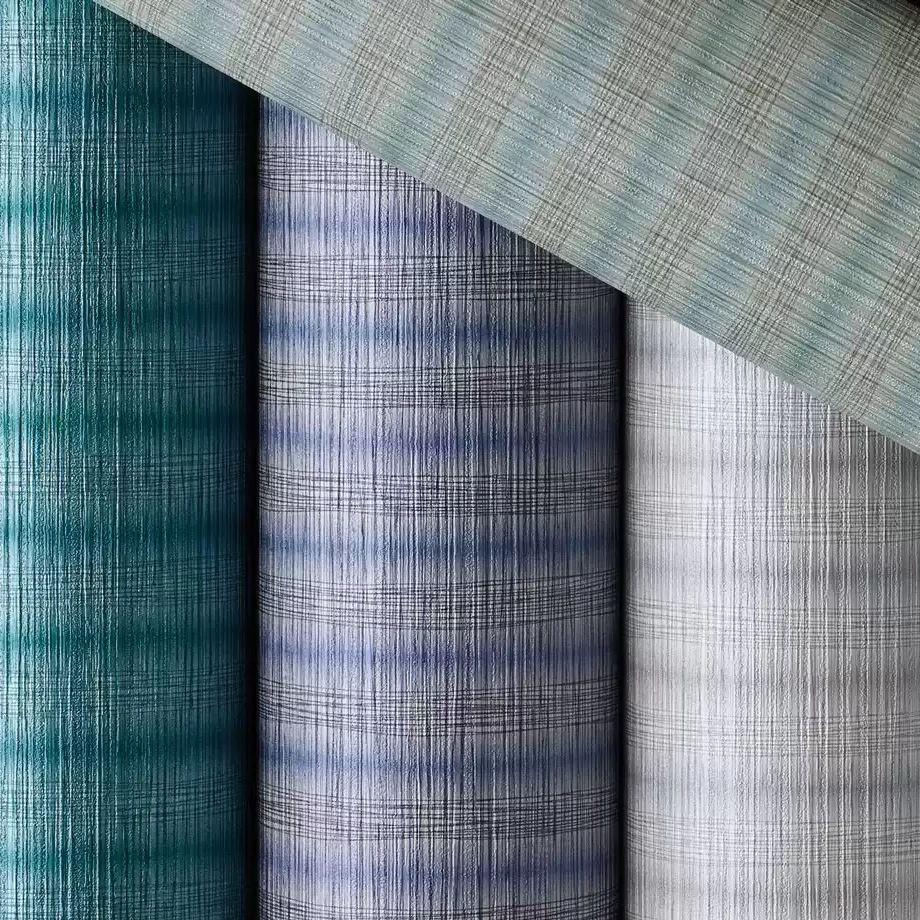
A case in point
Vinyl wallcoverings can often give a room an odd smell. That’s the plastic content.
A client of mine wanted to rip out the carpet in a bedroom of a house they had just moved into. It was high quality, but they were convinced the carpet was the cause of a very unpleasant pong in that room. But I recognised that smell and said that I suspected the issue to be the wallpaper. Trusting my diagnosis, they peeled the wallpaper off the walls, leaving the paper backing, and the smell vanished almost immediately.
The room was going to be used as a study, and they didn’t want to throw lots of money at it. They simply painted over the paper backing, and hired a carpet cleaning machine to freshen up the existing carpet. I added a simple wooden blind, and the room was transformed for barely any cost.
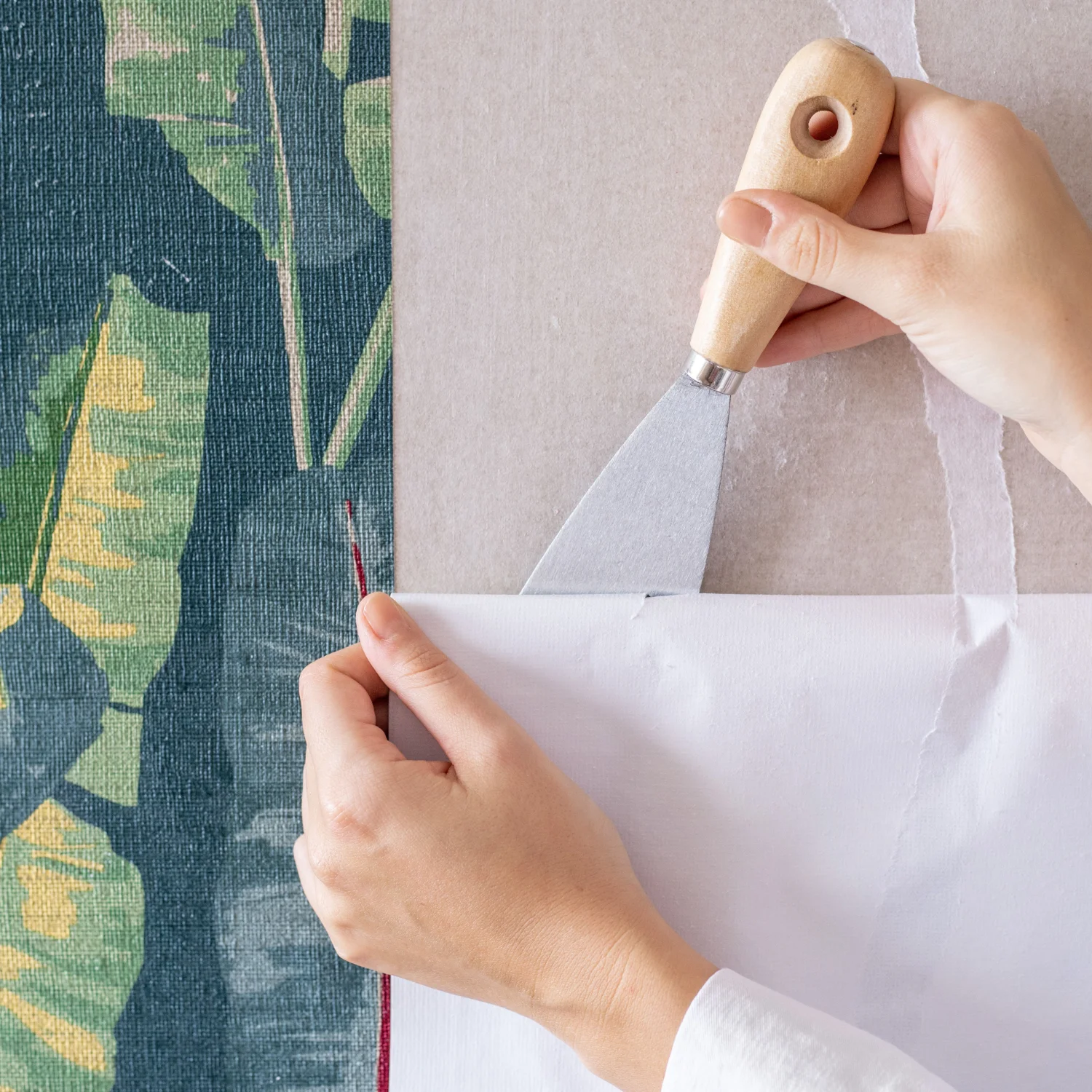
Non-woven wallcoverings
A traditional paper-based wallpaper has to be pasted then left to soak for a 5-10 mins which, in the wrong hands, can result in a floppy and unmanageable length of paper that is prone to being ruined on its short journey from pasting table to wall. Only the patient DIYer or a professional decorator is happy to tackle it.
Conversely, with non-woven you simply apply the paste to the wall and offer the dry length of wallpaper to the pasted wall. Quick, simply and less messy.
However, there’s a but!
Have you ever disposed of your used teabags in your compost bin, to find they were still there 6 months later when everything else had turned into useable compost? That’s the plastic content that’s added to the bag so doesn’t disintegrate in your mug.
Non-woven wallcoverings are made up of several components. In addition to cellulose and synthetic fibres, they also contain acrylic polymers, fillers and sometimes preservatives and fungicides.
I have sold thousands of rolls of non-woven wallpaper during my career. I shudder at the thought now, but when they came out in the 1990s, they were a dream come true due to their dimensional stability. At the time we had no idea how bad they were.
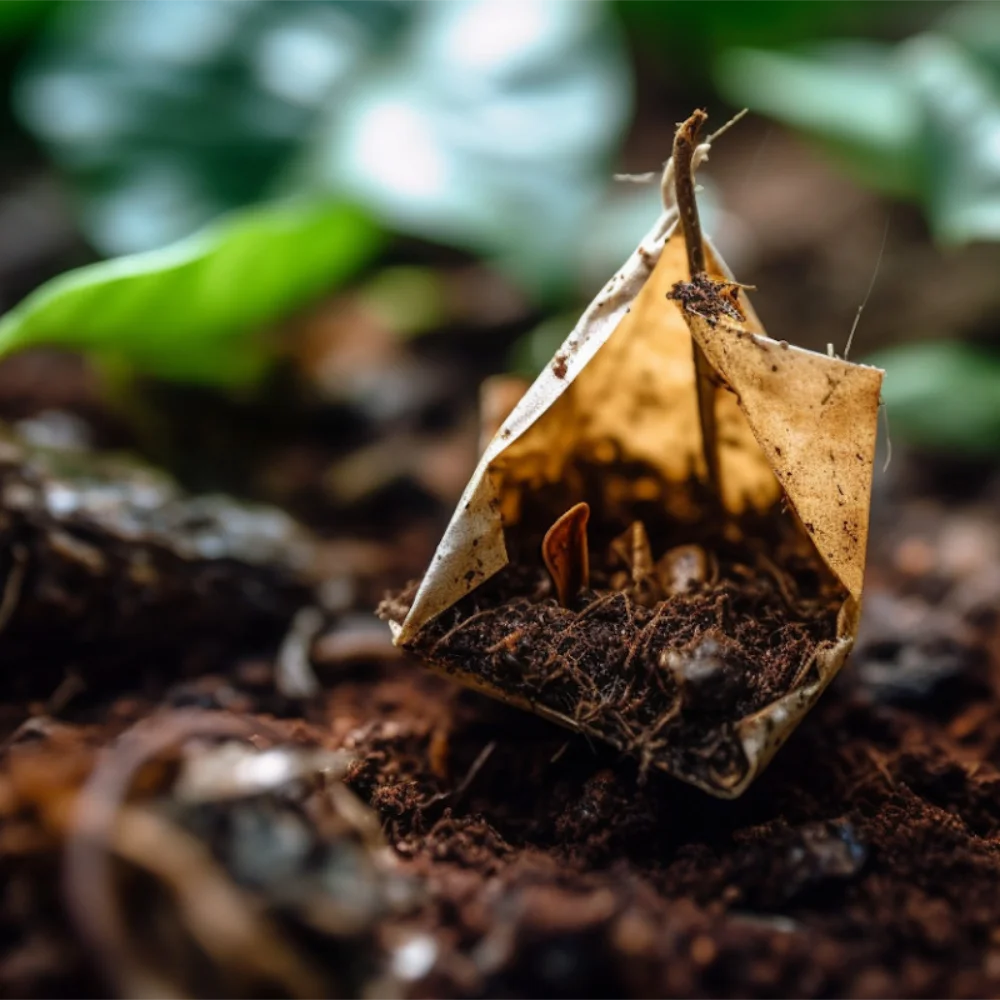
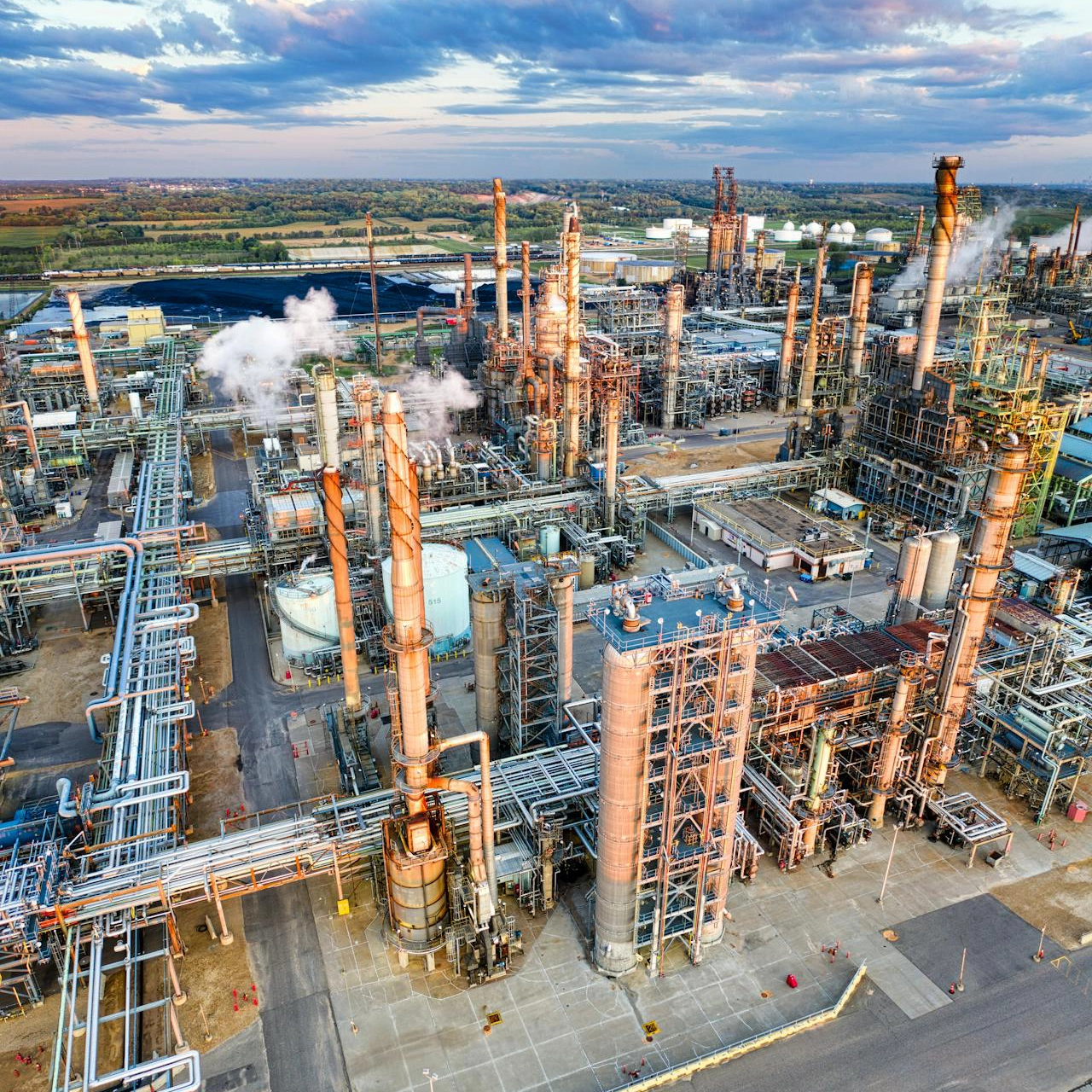
Peel and stick wallpapers
There are more and more peel-and-stick wallpapers on the market now. They are popular with renters as you can easily peel them off when you vacate the property. But that’s assuming the substrate was in perfect condition. Imagine peeling a sticker off a previously papered wall or a painted wall. Can you be sure it won’t pull that off too? You may be up for significant reparations.
Peel and stick wallpapers do not adhere well to textured surfaces. Extensive preparation is required to ensure a smooth and flawless installation surface.
The cheaper brands are often printed on thinner, more plasticised materials than traditional wallpaper, which can make them a nightmare to put on your wall.
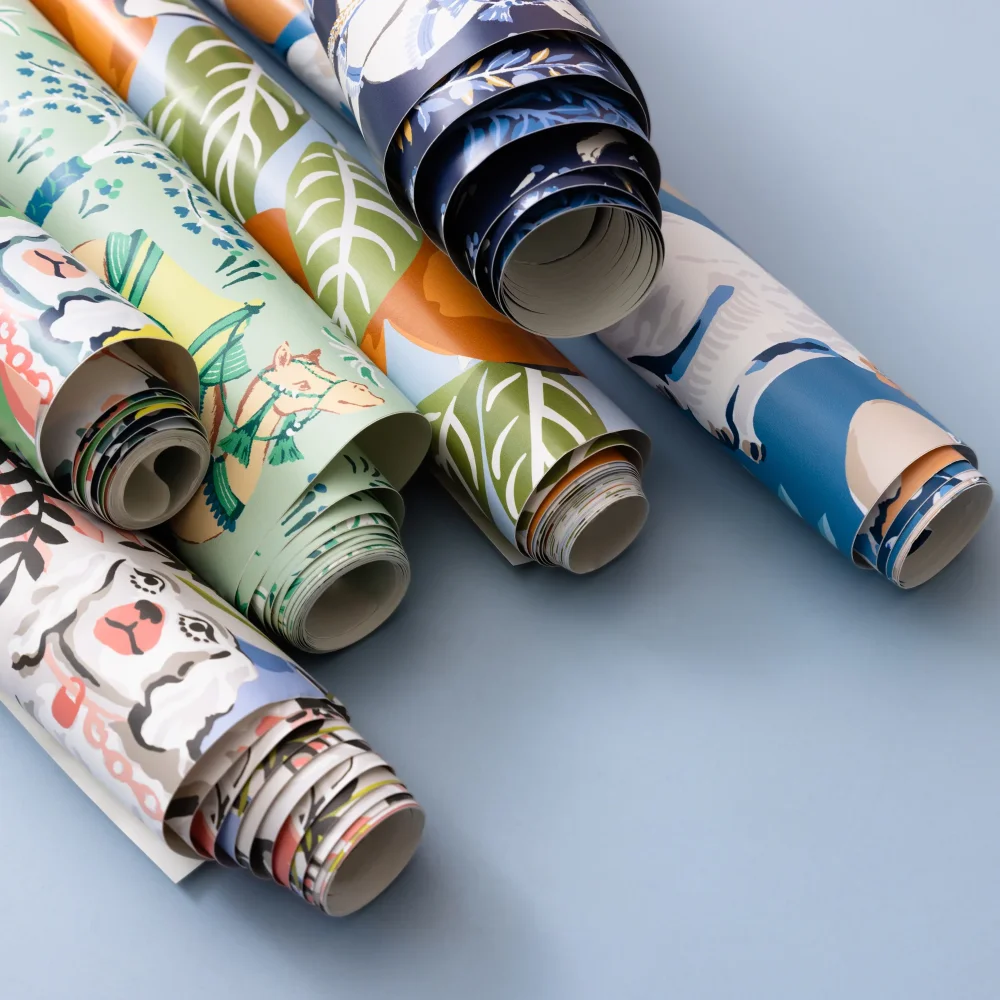
The commonly used synthetic ingredients in many wallpapers
At least wallpaper doesn’t contain arsenic anymore, unlike the Victorian era. But there are still a lot of nasty ingredients in wallpaper. Here’s a quick run down.
PVC : This is found in vinyl wallcoverings and there publicised concerns over toxins like polyvinyl chloride (PVC). PVC is a petroleum-based chemical. Like many chemicals, PVC off-gasses VOCs (volatile organic compounds) that can lead to health issues, from headaches to disrupting our hormones, whether female or male.
Cellulose : With a cellulose content of between 40% and 85%, it is the largest component of a non-woven wallpaper. The raw material for cellulose can either be industrial or plantation wood, which is chopped up and then chemically broken down. In terms of quality, the main difference is between coniferous and broadleaf wood pulp. Bamboo and straw are sometimes used as raw materials.
Synthetic fibres : Synthetic (man-made) fibres account for between 15% and 30% of the ingredients of non-woven wallpaper. Polyester, polyamide and polyacrylic are the most commonly found synthetic fibres, with polyester being the most commonly used. Synthetic fibres are produced from coal, crude oil or natural gas through a special spinning process.
Acrylic polymers : These are synthetic resins that are used as binders to compact the cellulose and textile fibres. They make up about 0% and 30% of non-woven wallpapers. They have liquid-absorbing properties which makes non-woven wallpapers better for use in humid areas like bathrooms.
Fillers : Fillers are used to add volume, which makes a non-woven wallpaper a little heavier and gives it increased stability. The foam provides some thickness and also gives the wallpaper texture.
Preservatives : Non-woven wallpapers often contain preservatives, used to preserve some colours, finishes and coatings, and to also prevent attack from microorganisms like mould or algae.
Fungicides : These are anti-fungal agents that reliably kill fungi or their spores. They are either chemically formed, or biological, and are usually added to the dyes and coatings. Their purpose is to protect non-woven wallpapers from going mouldy.
PFAS : Poly-fluorinated alkyl substances (PFAS) are known as ‘forever chemicals’, which means they do not breakdown in the environment. They are a group of more than 4,700 industrial chemicals widely used in everyday products from food packaging to toiletries, non-stick cookware to clothing and carpets. PFAS chemicals leak into our environment during production, use and disposal, and are added to wallpaper to make them more water-resistant or stain-resistant. PFAS are linked with lowered immune function, metabolic issues, reduced fertility, and a host of other health problems.

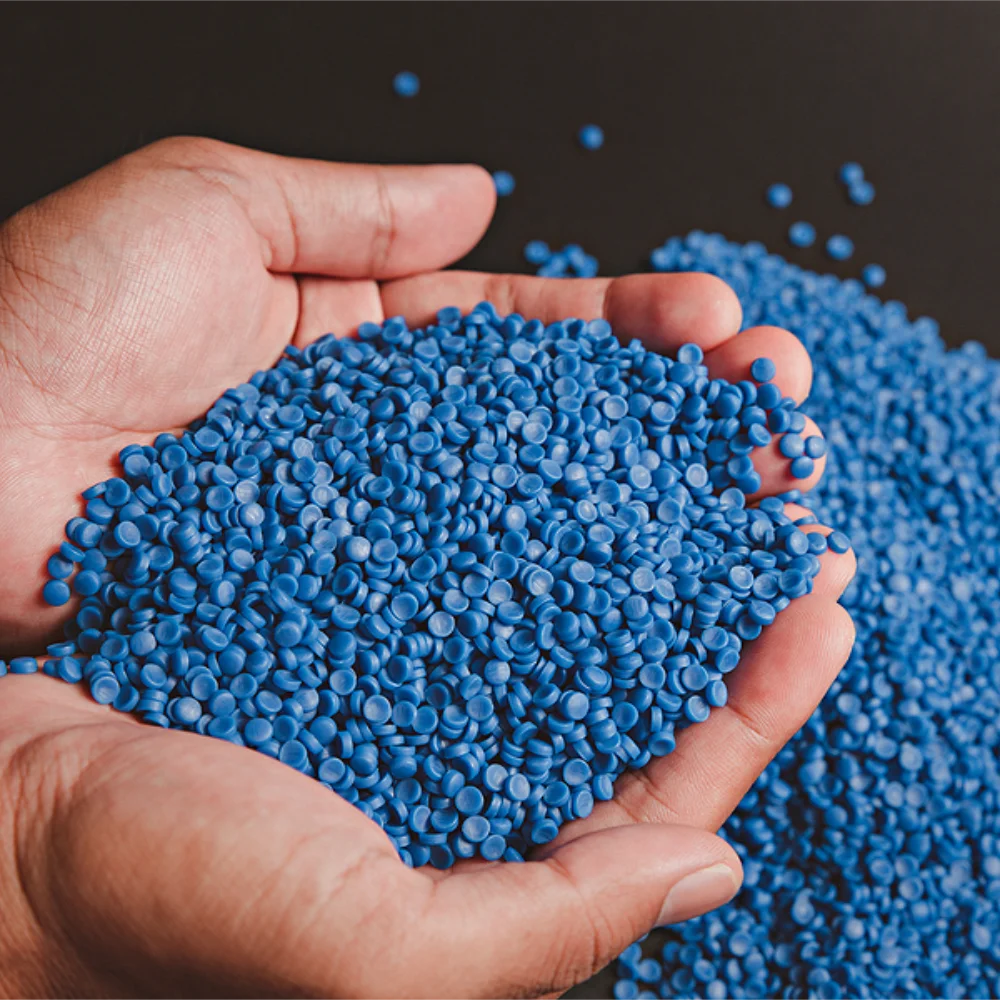
Environmental concerns
Any wallcovering that is partly synthetic is not a good environmental choice. Firstly due to the manufacturing of the plastic content, but also because it cannot be recycled. When old wallpaper is peeled off the wall, any vinyl, peelable, self-adhesive, or non-woven wallpapers can only be sent to landfill.
That client I mentioned earlier. Yes, sadly the vinyl paper they removed went to landfill. Unless it’s made entirely from paper, no wallpaper can be recycled. Having a green approach to interior design is never perfect. You have to weigh one solution up against another. For my client their options were to either remove and dispose of the vinyl wallcovering, or live with its vile smell and toxicity. There was little option.
The only way to stop this happening in future, is to not sell such products to the public in the first place.
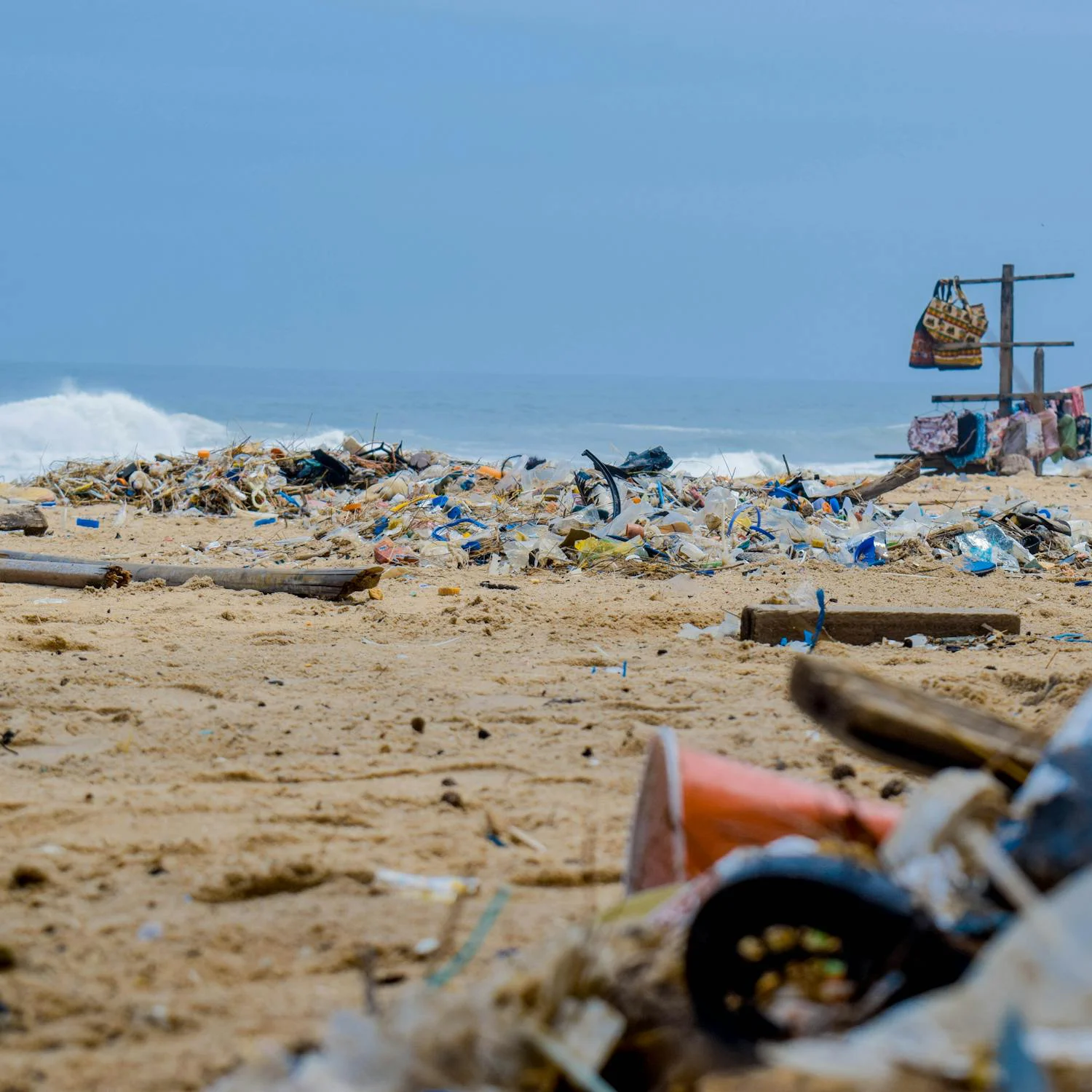
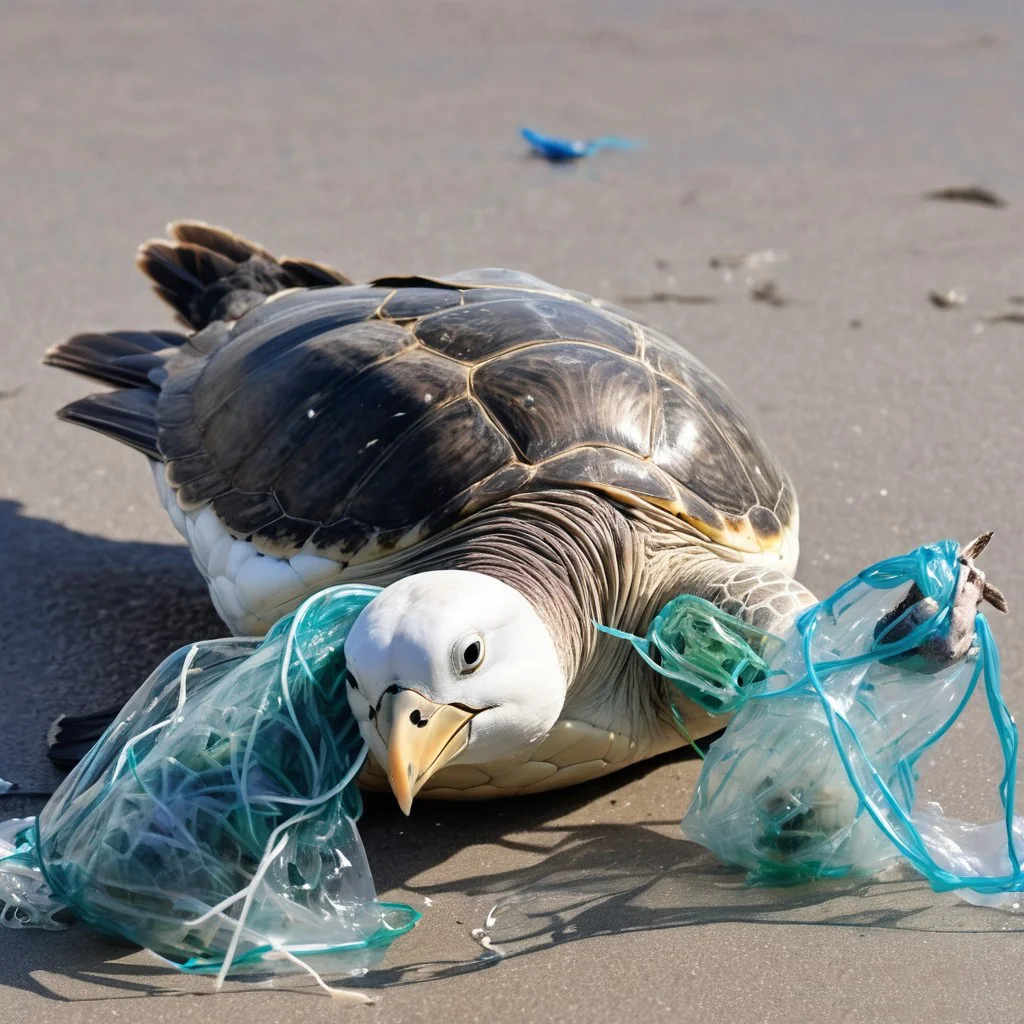
Conclusion
Fortunately, there are plenty of non-toxic wallpapers on the market that are elegant, fun, colourful or dramatic.
Always check the fibre content of a wallpaper for organic fibres, wood pulp, or recycled materials. Also what inks are used, and opt for water-based inks as these are generally safer. Ask whether the wallpapers have any certifications, or any kind of indication that the paper is PVC-free or otherwise safe.
You don’t need to limit choice to paper-only, either. There are wallcoverings made from fabric and cork, or grasscloths made from sustainable materials like grass or raffia. These tactile wallcoverings are very elegant, with a uniqueness in their texture and depth. Although natural in their composition, they come in many colours, so don’t think your home will have to look like something out of a 1970s sitcom.
Finally, don’t forget to buy the right paste. Most commonly found off-the-shelf wallpaper pastes are considered toxic as they contain VOCs and other chemicals. A good alternative is ‘cellulose wallpaper paste’, which is available pre-made or in powder form for you to mix at home. Earthborn and Auto are two brands of natural wallpaper paste. They are made with methyl cellulose. Although that sounds horrible, it is a compound derived from plants that is used in human medication and food manufacturing.

